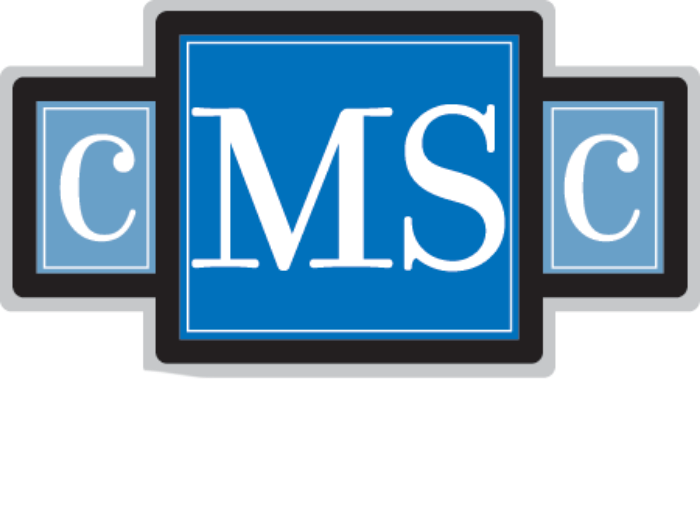Practice Points
- Fifty percent of individuals with multiple sclerosis experience loneliness, which greatly impacts their health and well-being.
- We found that the answer to the simple question Do you have a friend you can confide in? was a significant predictor of an individual’s health, well-being, social support, and partner satisfaction and recommend that it is asked as a routine part of clinical care.
Social connectedness is purported to be a protective or promoting factor of health.1,2 The relative risks associated with a lack of social integration or social support are as great, if not greater than, as the risks associated with smoking, alcohol use, obesity, and cardiovascular disease (CVD).3,4 For instance, in 1988, House et al suggested that the evidence supporting social relationships on health was stronger than the role of Type A behavior on CVD and approximated the risk of smoking.5 Two decades later, Holt-Lunstad et al found social support and integration to have large effects in predicting mortality than smoking, alcohol consumption, physical activity, obesity, and CVD risk.4 Given this, the World Health Organization has listed social support networks as a determinant of health.6
Today, loneliness has become an epidemic.7 Specifically, 1 in 4 individuals in the United States do not feel that they have a best friend to confide in.8 Comparable rates are found worldwide. In 2024, US Surgeon General Vivek Murthy, MD, laid out the National Strategy to Advance Social Connection. When compared with other health conditions in the US, loneliness is the most prevalent health indicator of decreasing mortality, with a higher prevalence than inactivity, obesity, and smoking.9 Given this risk, it is important to address the epidemic of loneliness and examine the outcomes and antecedents in hopes of assuring the maintenance of health and longevity.
It is even more essential to address loneliness among older individuals or those with a chronic illness or disability, such as multiple sclerosis (MS), as it is well appreciated that such individuals are at an increased risk for social isolation.10,11 The emphasis on social support has always been particularly relevant to individuals with MS who report being in worse health and are also at a disadvantage when it comes to social participation because of the obstacles and challenges they face. Estimates suggest that 50% to 70% of individuals with MS experience loneliness.11-13 In a major study looking at loneliness, nearly half of a large sample of women with MS (N = 659) reported being lonely.12 Loneliness and/or social isolation in people with MS can be a result of many factors, including mobility issues, functional limitations, uncertainty of symptoms and disease exacerbations, unemployment, stigma, inadequate accommodation and assistive devices, disease progression, and a feeling of being misunderstood.11,14 Hakim et al found social withdrawal and a shrinking circle of friends to be common among individuals with MS, particularly those with severe disability. More specifically, 1 out of 4 individuals reported that they stopped visiting friends and family due to poor mobility. Reports of pain, fatigue, cognitive difficulties, and bladder incontinence (and the uncertainty of such symptoms) have all been shown to contribute to social isolation.14,15 Finally, individuals with MS also express a feeling of a lack of understanding or knowledge in those not familiar with MS, which results in further social withdrawal or isolation. A lack of understanding about MS was endorsed as the biggest issue by 78% of individuals in a study on loneliness.11 Given what we know of the role of social connectedness on health and the strikingly high rates of loneliness in people with MS, it is important for care providers to routinely assess individuals’ social activities/networks and determine if loneliness is present.
The majority of existing studies on loneliness have focused on older individuals. Less information is known about the impact of loneliness on individuals with disabilities such as MS. Latinsky-Ortiz and Strober conducted one of the first studies examining the role of social integration and support on health and psychological well-being (PWB) in MS and found that although CVD risk and having a progressive MS disease course were the most significant factors associated with poorer perceived physical health, social integration was the third most important factor and played a larger role than diet and exercise. Social integration and/or social support were also significant predictors of PWB.16 These findings confirm what has been found among the general population. We aim to add to this data by examining a very specific aspect of social relationships, which is whether someone feels they have a confidant or best friend, at least 1 person they trust and with whom they can share their personal struggles.
Grose et al found that having a confidant was important to maintaining normalcy and a key part of psychosocial care for individuals with MS.17 However, the influence on health and PWB was not objectively examined. We examined the role that having a confidant plays on the health and well-being of women with MS. We decided to examine this relationship in only women for 2 primary reasons. First, women comprise the majority of people with MS. Second, the interpersonal dynamics that exist within social support networks may operate differently in men than women given longstanding social norms based on gender, and it has been suggested that the needs of men with MS are different than those of women when it comes to social support.18 Our hypothesis was that women with MS without confidants experience poorer perceived health and PWB. We also sought to quantify the impact of a confidant on perceived social support and marital/partner satisfaction.
Methods
Procedures
All participants were enrolled in a prospective national investigation examining the factors associated with employment status in MS. As part of this study, participants completed an online survey assessing general health, MS symptomatology, PWB, social support, social integration, and marital/partner satisfaction. With the exception of the Cognitive Health Questionnaire, which is a newly developed measure, all self-report measures are widely used and well validated. All study procedures obtained ethics approval from the Kessler Foundation Institutional Review Board, and informed consent was obtained from all participants.
Participants
Eligibility criteria were being between the ages of 20 and 64 years, having a diagnosis of MS confirmed by a neurologist, being employed, and not having other neurological disorders (eg, epilepsy traumatic brain injury, stroke). For the present study, only women were included.
Measures
The 36-Item Short Form19 was used to assess general health. It covers 8 health concepts: physical functioning, bodily pain, role limitations due to physical health problems, role limitations due to personal or emotional problems, emotional well-being, social functioning, energy/fatigue, and perceived overall general health. The composite scores of physical and mental health functioning and perceived overall general health were used as indicators of functioning and health, respectively.
To assess physician care and CVD risk, participants were asked if they (1) had a primary care visit within the past year and (2) if they were under care for any medical conditions in addition to MS. Individuals who indicated receiving treatment for hyperlipidemia, hypertension, diabetes, and/or cardiac issues were classified as having CVD risk factors.
The Modified Fatigue Impact Scale20 measures fatigue impact via 21 items in 3 subscales: physical, cognitive, and psychosocial functioning. Only the physical fatigue subscale was used.
The Pittsburgh Sleep Quality Index21 ascertains sleep quality across several domains. The scale consists of 24 items rated by the individual and 5 items rated by a bed partner.
The MOS Pain Effects Scale22 assesses the experience and impact of pain, yielding a total score from a summation of 6 items that assess the interference of pain on one's mood, physical ability, sleep, work/recreational activity, and enjoyment of life over the previous 4 weeks.
The Chicago Multiscale Depression Inventory23 was developed specifically for use in medical populations and consists of 3 subscales: mood, evaluative, and vegetative. The mood subscale was used as the primary indicator of depression.
The State-Trait Anxiety Inventory24 was used to assess anxiety. Individuals were asked to rate how they feel at this moment (state anxiety) as well as how they generally feel (trait anxiety). Scores on the trait anxiety scale were used.
The Ryff Psychological Well-Being Scale consists of 6 subscales.25 The Positive Relations With Others subscale assesses the depth of connection an individual feels with others. The Autonomy subscale assesses whether one feels they are living their life in accordance with their convictions. The Personal Growth subscale rates the extent to which individuals feel they are living to their full potential and taking advantage of their talents. The Purpose in Life subscale measures how one feels regarding their life's meaning and purpose and direction. The Environmental Mastery subscale measures how well an individual feels they can manage life situations. Finally, the Self-Acceptance subscale assesses one's knowledge and acceptance of themselves and their limitations.
The Cognitive Health Questionnaire (CHQ)26,27 was developed to assess individual engagement in lifestyle factors that may maintain or promote cognitive health. Items assess physical activity, alcohol use, smoking, social activity, intellectual activity, sleep habits, and steps taken to maintain adequate nutrition. We used 2 of the analytically derived indexes. The nutrition/exercise factor assesses breakfast and lunch consumption, fruit and vegetable consumption, use of vitamins and supplements, and frequency of light and moderate physical activity. The social/intellectual factor assesses family and friend socialization frequency, engagement in intellectual activities, and use of memory/organizational techniques. Alcohol use was also assessed by the CHQ and categorized as no use, 1 drink per day, or more than 1 drink per day.
Personality was assessed with the NEO Five-Factor Inventory-3 (NEO-FFI-3),28 including discomfort in social situations and the tendency to be reclusive or avoidant of social situations. The neuroticism subscale of the NEO-FFI-3 and the social discomfort scale of the International Personality Item Pool (IPIP)29 were used to determine the presence of Type D personality. T scores were calculated for the NEO-FFI-3 Neuroticism scale per manual norms. A median split was utilized for the social discomfort scale. Individuals who had a t score greater than 60 on the NEO-FFI-3 neuroticism assessment and scored high on the IPIP social discomfort scale were identified as having Type D personality.
The Community Integration Questionnaire30 was developed to provide a measure of community integration after traumatic brain injury. It consists of 15 items relevant to living, loving, and working, or more formally, home integration, social integration, and productive activities. The social integration subscale assesses an individuals’ social engagement, and we employed the question Do you have a best friend in whom you confide?
The Modified Social Support Survey assesses several domains of social support, including tangible support, emotional support, affective support, and positive support.31
The Couples Satisfaction Index31 assesses relationship satisfaction and the presence and intensity of problems in a relationship.
Statistical Analyses
All statistical analyses were conducted using IBM SPSS version 26.0. Group comparisons were made between those who reported having a confidant and those who did not on measures of health, MS symptomatology, PWB, social support, and marital/partner satisfaction. Nonparametric comparison (χ2) was conducted for marital status. Subsequent stepwise linear regression analyses were conducted with health, PWB, and quality of life (QOL) as dependent variables. Independent variables were demographics (age, education, relationship status), disease variables (disease course, disease duration), health status (presence of CVD factors), health and lifestyle factors (diet/exercise, social/intellectual activities, smoking, alcohol use, visit to primary care physician in the past year), Type D personality, and reports of having a confidant.
Results
A total of 160 women with MS were enrolled in the study. Of these participants, 30 (19% or nearly 1 out of 5) reported that they did not have a best friend in whom they could confide (Confidant–). Compared with those who did report having a best friend to confide in (Confidant+), there were no differences regarding age, education, relationship status, disease course, or disease duration (TABLE 1).
When comparing the 2 groups, individuals who reported not having a confidant were found to report worse general health, more pronounced MS symptomatology, and worse PWB. Specifically, on the Short-Form Survey, a measure of health-related quality of life, individuals without a confidant described their perceived general health as worse, and they reported more severe physical and mental health difficulties or limitations. They also reported higher levels of fatigue, sleep disturbance, and pain than their counterparts who did report having a confidant. (Table 1).
On measures assessing psychological functioning, PWB, and QOL, individuals who expressed feeling as if they had a best friend or confidant reported statistically less symptoms of depression and anxiety and were less likely to be diagnosed with depression or anxiety. They also reported statistically greater PWB and QOL, including satisfaction with life and feelings of flourishing (Table 1). Conversely, consistent with their reports of not having a confidant, individuals without a best friend expressed a lower sense of perceived social support and partner satisfaction, which reached statistical significance (Table 1).
When examining the role of having a confidant and other lifestyle factors related to health, having a confidant was a significant predictor of greater self-reported physical health following CVD risk and diet and exercise, accounting for an additional 2% of the variance. Age also contributed another 2% variance. Together, 13% of the variance was explained by these aforementioned factors. Similarly, when examining factors associated with self-reported mental health, having a confidant added 2% variance after personality factors and engagement in social and intellectual activities were considered. Age contributed another 2%. Together, these factors accounted for 33% of the variance (TABLE 2).
DISCUSSION
Loneliness, social isolation, and social support have long been investigated as promoters and risk factors for poor health. Among individuals with MS, perceived social support has been shown to be a buffer for depression.32 In contrast, studies have shown that low levels of social support are predictors of reduced QOL, depression, anxiety, sleep disturbance, and pain.33,34 Previously, we showed that social integration and/or social support were significant predictors of physical and mental health and PWB. However, the specific circumstance of feeling as though one has a confidant is investigated less often. In primary care, the lack of a confidant has been found to be associated with higher rates of depression and anxiety.35 The single study on the role of a confidant among individuals with MS found that having one helped maintain feelings of normalcy, but the impact on health and well-being was not examined.
Our study found that the absence of a confidant was associated with more severe depression and anxiety sleep disturbance, fatigue, and pain, with the latter having the largest effect size. This is consistent with a large study that found that individuals with MS with lower levels of social support were 3 times more likely to report experiencing pain and that social support is associated with sleep quality.36 Women in the present study who reported not having a confidant also expressed having worse physical and mental health and poorer PWB. This is consistent with our previous findings and confirms the important role that social support has on health and well-being in MS. Our study findings also suggest that having a confidant is a significant predictor of health, PWB, and QOL even when taking into consideration a host of other important lifestyle and person-specific factors known to contribute to health (eg, smoking, diet and exercise, Type D personality).
Not surprisingly, results also indicated that individuals with MS who do not have a confidant experience a lower level of perceived social support, which may be an indicator of loneliness and/or poor social support. Of greater interest is the finding that the lack of a confidant seemingly was not due to the lack of having a relationship with a romantic partner, as the percentage of participants in a relationship was comparable for the 2 groups (79% vs 77%). However, individuals who did not have a confidant also reported significantly lower partner satisfaction. Such findings may suggest that the perceived lack of a confidant, in part, reflects marital or relationship strain. This would suggest that assessment and intervention aimed at improving these relationships are warranted among women with MS. Seeking support from other outlets should also be encouraged, and psychoeducation regarding the role of support on health and well-being should be provided.
Although the mental health consequences of not having a confidant might appear obvious, the physical health consequences are not always as apparent. In the present study, increased severity of MS symptoms was found to be related to a lack of relationship with a confidant. We hypothesize that having a confidant, particularly another person with MS, may allow individuals with MS to discuss their disease symptoms and ways to manage them, presenting an area for future research. Another possibility is that social support has been found to help people improve the negative health-related behaviors that impact their health and mortality,36 including eating a balanced diet, not smoking, exercising, and lowering alcohol consumption. These are also crucial to managing MS disease symptomatology and may explain the fewer reports of MS symptoms among those who reported having a confidant. It has been hypothesized that social support may serve as a protective factor or a stress buffer. Individuals with adequate social support may feel they have the resources and assistance to handle life stressors, resulting in reduced negative impact of stress and better health maintenance.37 Thus, an individual’s level of support even before their MS diagnosis may help predict the course of their MS symptomatology, both mentally and physically. Further studies examining social support and loneliness over MS disease course from the time of diagnosis may shed more light on this.
Conclusions
This study contributes to a broader understanding of the importance of having a close friend and maintaining a strong social support network because it helps maintain health and well-being. Evidence supports the finding that social support provided by a confidant plays an important role in a higher level of function, health, and well-being in people with MS. The answer to the simple question Do you have someone to confide in? can be an important indicator of a person’s overall health, mental well-being, and perceived satisfaction with social support. Based on these findings, practitioners are encouraged to use this question to help identify a patient’s lack of social support or loneliness, but more importantly, to provide an ancillary indication of their physical and mental health and well-being.
Certain limitations temper our conclusions. First, given that the larger investigation focused on the effects of changes in social participation, particularly unemployment, all participants had to be employed at study onset. Unemployed people might have had an even greater need for a confidant. Another limitation is the focus on women with MS having a close friend. Future research should replicate this in a sample of men with MS or a combined sample with a more balanced sex distribution to determine if the effects are as great among men with MS. Finally, as stated earlier, this was only a snapshot of participants’ perceptions of their social support. Longitudinal studies that examine the role of social support from disease onset to progression would be optimal and are likely to hold great promise for fully understanding the role of social support on the health and well-being of individuals with MS throughout the course of their illness.









